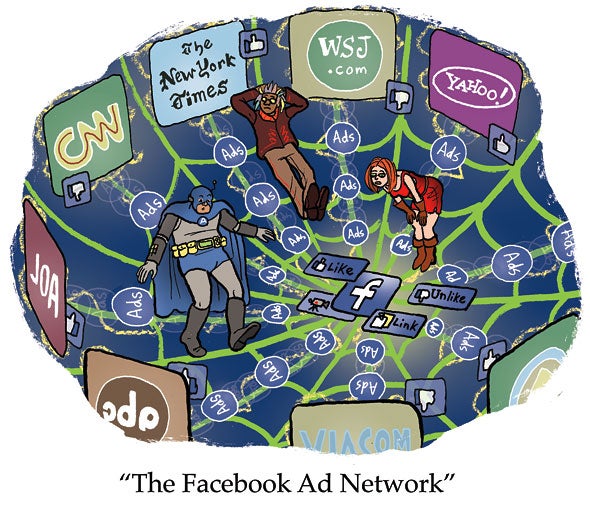Here’s today’s AdExchanger.com news round-up… Want it by email? Sign up here.
Reeling In The Green
Meta reel-y wants to monetize Reels. (Sorry, had to.)
Now that the company has abandoned its metaverse plans, it’s getting back to its bread and butter: advertising.
The platform is testing a new performance-based pay model for Ads on Reels that will compensate creators based on total views rather than a share of the ad revenue, TechCrunch reports.
A performance-based model is meant to be fairer since creators’ ad revenue often suffers due to factors outside their control, such as the need to cap the number of ads shown to individual users. YouTube Shorts recently adopted a similar model, paying out from a pool based on a creator’s engagement.
The performance-based approach isn’t only for short-form Reels content, though. Meta will also be testing the model on Facebook In-Stream ads for long-form video.
Meta is also growing the pool of eligible creators for Facebook’s Ads on Reels program and will soon begin testing the program on Instagram.
The company declined to share how many creators are testing the new model, but it is inviting “thousands” of new participants, including many who were previously part of the shuttered Reels Play bonus program.
Blame Canada
Meta may be looking at new ways to share revenue with content creators, but sharing revenue with news publishers is a different story.
The social platform is threatening to remove all news content from Facebook and Instagram in Canada if lawmakers pass the Online News Act, Bloomberg reports.
The law would compel Meta to implement a “fair revenue sharing” model for news publishers whose links appear on the platform. (Note that Google is paying $100 million to The New York Times over the next few years.)
It would also allow publishers to collectively bargain while negotiating content usage fees with social platforms.
Meta’s threat was conveyed in an official statement by its president of global affairs, Nick Clegg, after he pulled out of a scheduled appearance before Canada’s House of Commons on Monday. Clegg’s statement was prompted when the name of the legislative session he was meant to address was changed to “Tech Giants’ Current and Ongoing Use of Intimidation and Subversion Tactics to Evade Regulation in Canada and Across the World.”
Threatening to pull all news content from its platform in Canada just might qualify as an intimidation tactic to evade regulation. But Meta swears it doesn’t need news, which the company says represents only 3% of its content.
Gaze Into My Crystal Ball
The future of privacy-safe ad targeting is predictive tech, Google’s Dan Taylor, VP of global ads, tells The Drum. Predictive analytics that sift through conversions and other actions users take can help marketers evaluate and plan how to set up future campaigns.
Precision will take a backseat to prediction since it relies on data that comes from third-party cookies to create pictures of individual consumers to target. Marketers will increasingly favor targeting that’s contextual or depends on broader signals like time of day, which aren’t tied to particular users, Taylor says.
Google doesn’t have the best track record on privacy, and its allegedly privacy-protecting ad products have had lukewarm results. As The Drum points out, the tech behemoth’s Privacy Sandbox rollout has been uneven. Its OG FLoC tech flopped and was replaced with Topics, which matches users to certain specifics based on how they browse, and it rebranded Fledge as the Protected Audience API. It’s also playing catch-up to Microsoft in AI, which powers prediction.
But Wait, There’s More!
Amazon Anywhere brings ecommerce to virtual game worlds, starting with Niantic’s new title. [The Verge]
OpenAI alums Anthropic unveil “AI constitution” guidelines that seek to let chatbots regulate themselves. [Gizmodo]
Tremor International’s Unruly SSP partners with Scope3 to launch green PMP curation for CTV. [release]
You’re Hired!
Meta elevates Alvin Bowles to lead ad sales for the US and the rest of the Americas. [Ad Age]
CMS platform company Acquia appoints Jennifer Griffin Smith as Chief Market Officer. [release]














